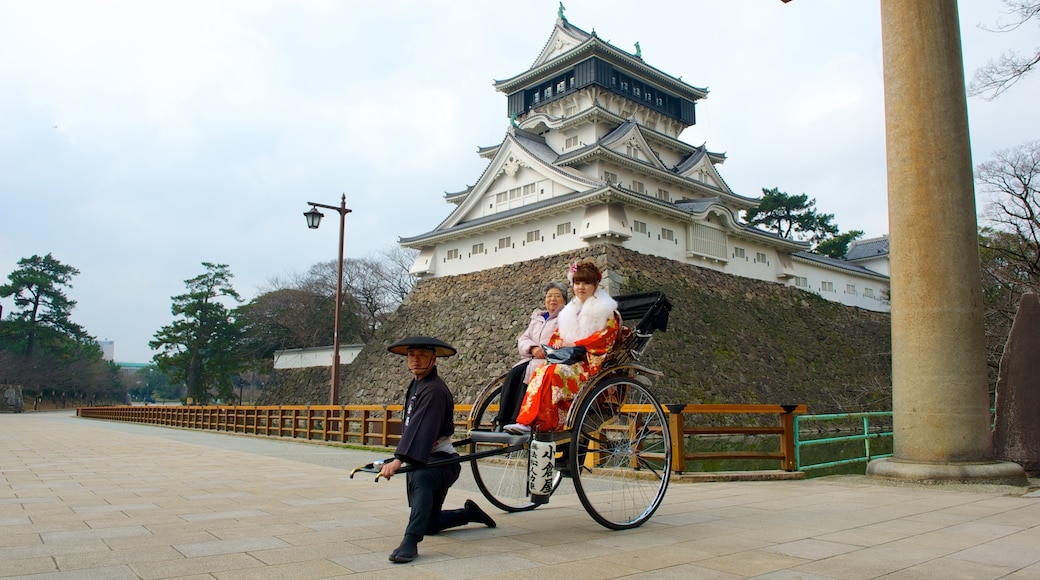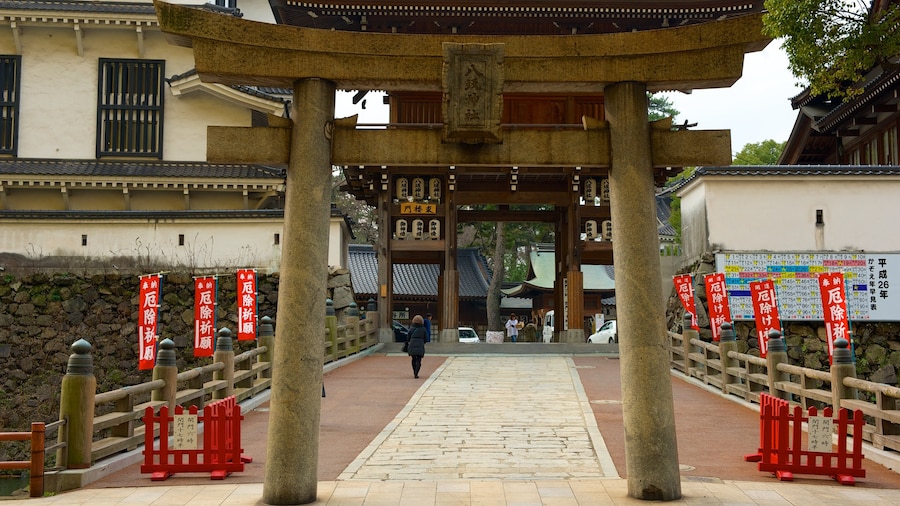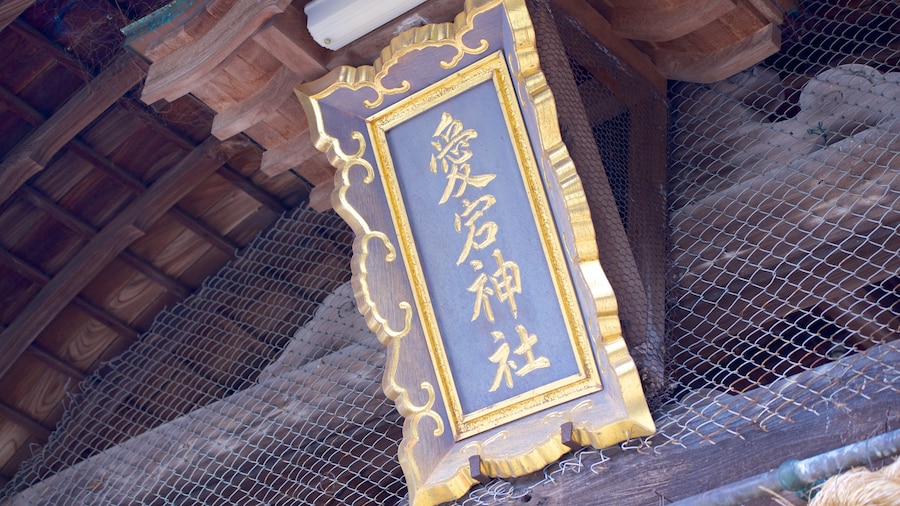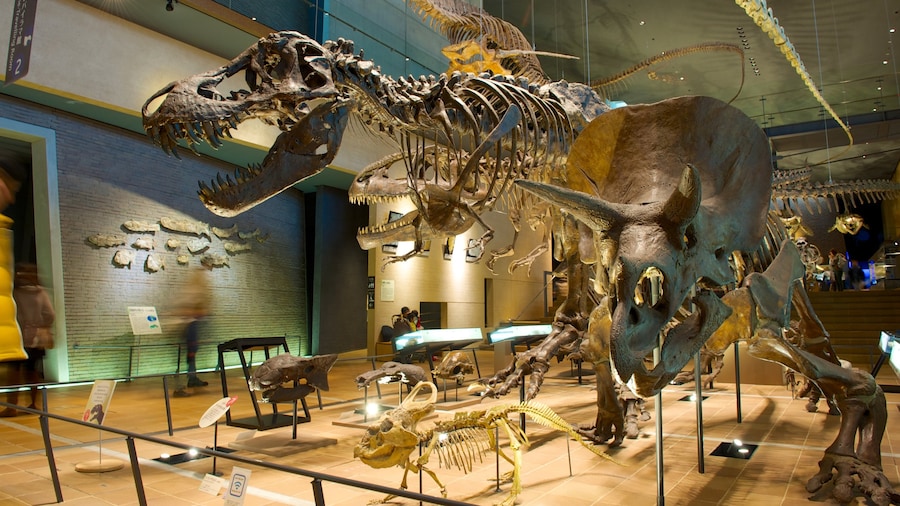Don't be fooled by Kokura Castle's present incarnation. The original fortress was built around the middle of the 16th century and remained in the hands of the powerful Ogasawara clan until well into the 19th century. However, the first castle was destroyed in 1866 in the war between the Kokura and Chōshū clans. What you see now is a 1959 reconstruction. Enjoy the castle's sweeping white eaves which make it one of Kitakyushu's prettiest sights.
Amble around the Japanese gardens for a pleasant introduction to the area. Gaze into the surrounding waters of the moat to see the bright orange Ranchu, what the Japanese refer to as the “king of goldfish.” In the Shoin Zone you’ll find a traditional wooden house built in authentic Japanese Shoin style. Various information boards provide insightful English translations.
Head inside the castle to learn more about its history. A subtitled video tells the story of Kokura during the Edo period. Climb inside a palanquin (an Eastern-style sedan chair) and pretend to be Japanese royalty. Two beautiful gold-leaf paintings of tigers adorn the walls. At the top of the castle you’ll find views over the gardens. A fitted wheelchair elevator is available. Remember your visit by buying an ornamental kite at the castle's souvenir shop.
Exhibitions and events take place at Kokura Castle throughout the year. Travel in late March to celebrate the castle's Cherry Blossom Festival. In the middle of July, catch the Kokura Gion Festival, a carnival-like display of bright kimonos, sword fighting and traditional drum playing. Ask locals about other music, dance and handicraft demonstrations at the castle.
Consider buying a joint ticket, which gets you access to Kokura Castle, the gardens and the nearby Matsumoto Seicho Memorial Museum. Seicho was a prolific crime writer who lived in Kitakyushu. The museum's curation is in Japanese, so ask for an English language pamphlet.
Kokura Castle is open daily. It's a 10-minute walk from Nishi Kokura station and a 15-minute walk from Kokura station.





















